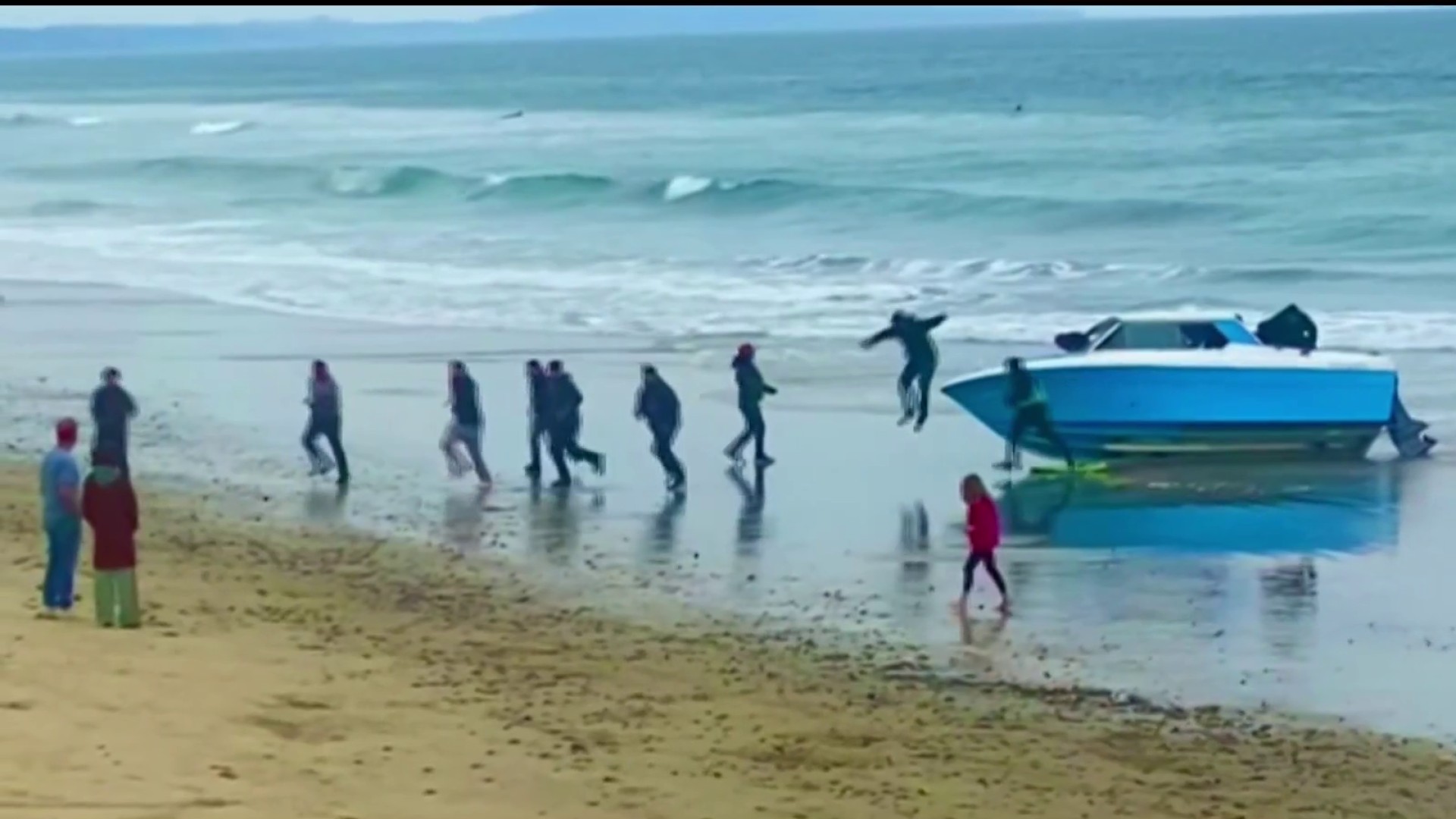The United States Navy and NASA have launched training in San Diego for an important mission: testing the equipment that will eventually be used to recover the Orion exploration aircraft when it returns to Earth from space.
A test version of the Orion – a NASA spacecraft designed to carry astronauts to far-off destinations such as the moon, Mars and beyond – was unveiled Thursday at Naval Base San Diego.
NASA and the Navy are conducting tests on the replica spacecraft and the hardware that will eventually be used to recover Orion upon its return from its first unmanned flight atop the Space Launch System rocket on Exploration Mission-1 in 2019.
Next week, crews will be at sea aboard San Diego’s USS Anchorage (LPD 23) conducting tests to evaluate the recovery processes.
Orion’s mission is expected to span about three weeks. During its return to Earth, the spacecraft will fly within 60 miles of the Moon’s surface and use special equipment and the Moon’s gravity to accelerate back toward Earth.
According to NASA, Orion will enter the atmosphere traveling at 25,000 mph. As it re-enters, Orion will slow to 300 mph. Then, parachutes will deploy, slowing the spacecraft to approximately 20 mph before it splashes down in the Pacific Ocean, about 60 miles off California’s coast.
The plan is for an Exploration Ground Systems Landing and Recovery Team from Kennedy Space Center to safely recovering the capsule after the splashdown and return Orion to land. This team includes personnel from the U.S. Department of Defense such as Navy amphibious specialists, Navy divers and Air Force weather specialists.
Local
The Navy said divers will help stabilize Orion and, someday, when the spacecraft is carrying a crew of astronauts, also help safely recover the astronauts who will need to be picked up as quickly as possible.
The spacecraft will be pulled onto a Navy ship and secured and, from there, Orion and its hardware will be transported by ship to U.S. Naval Base San Diego. After that, Orion will be transported by truck to Kennedy Space Center.
The current Orion tests in San Diego are designed to evaluate and improve recovery procedures and hardware ahead of Orion's uncrewed flight on EM-1, slated for sometime next year.
“We are testing all of our equipment in the actual environment we will be in when recovering Orion after Exploration Mission-1,” said Melissa Jones, NASA’s recovery director in a press release. “Everything we are doing today is ensuring a safe and swift recovery when the time comes for missions with crew.”
If all goes according to plan, the spacecraft's first piloted mission with astronauts will take place between 2021 and 2023.
Retired NASA astronaut and Navy Capt. Stephen Bowen said the partnership between NASA and the Navy makes sense for this type of project, as the Navy has the equipment needed for a recovery mission at sea.
“Having the helicopter facility and the medical facilities on board, when you get the [Orion] crew to the ship, they [Navy crew] will be able to do a good assessment and treat the crew as necessary when they get out of the capsule,” Bowen explained. “Because they could be pretty well deconditioned based on what we’ve learned from Space Station.”
To learn more about Orion, visit NASA’s website.



